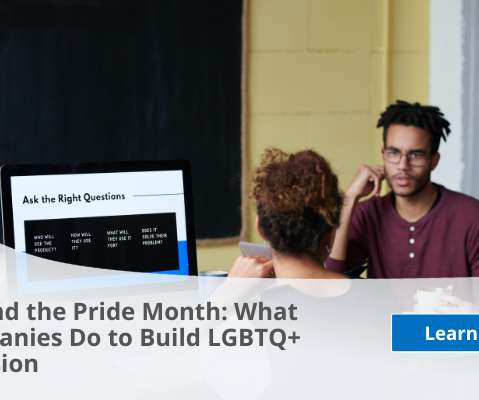Huge $5M EEOC settlement spotlights an enforcement priority that you may be overlooking
The Employer Handbook
DECEMBER 21, 2015
In late December of 2012, the EEOC approved its Strategic Enforcement Plan for 2013-2016. This priority entails targeting disparate pay, job segregation, harassment, trafficking and discriminatory policies affecting vulnerable workers who may be unaware of their rights under the equal employment laws, or reluctant or unable to exercise them.

















Let's personalize your content